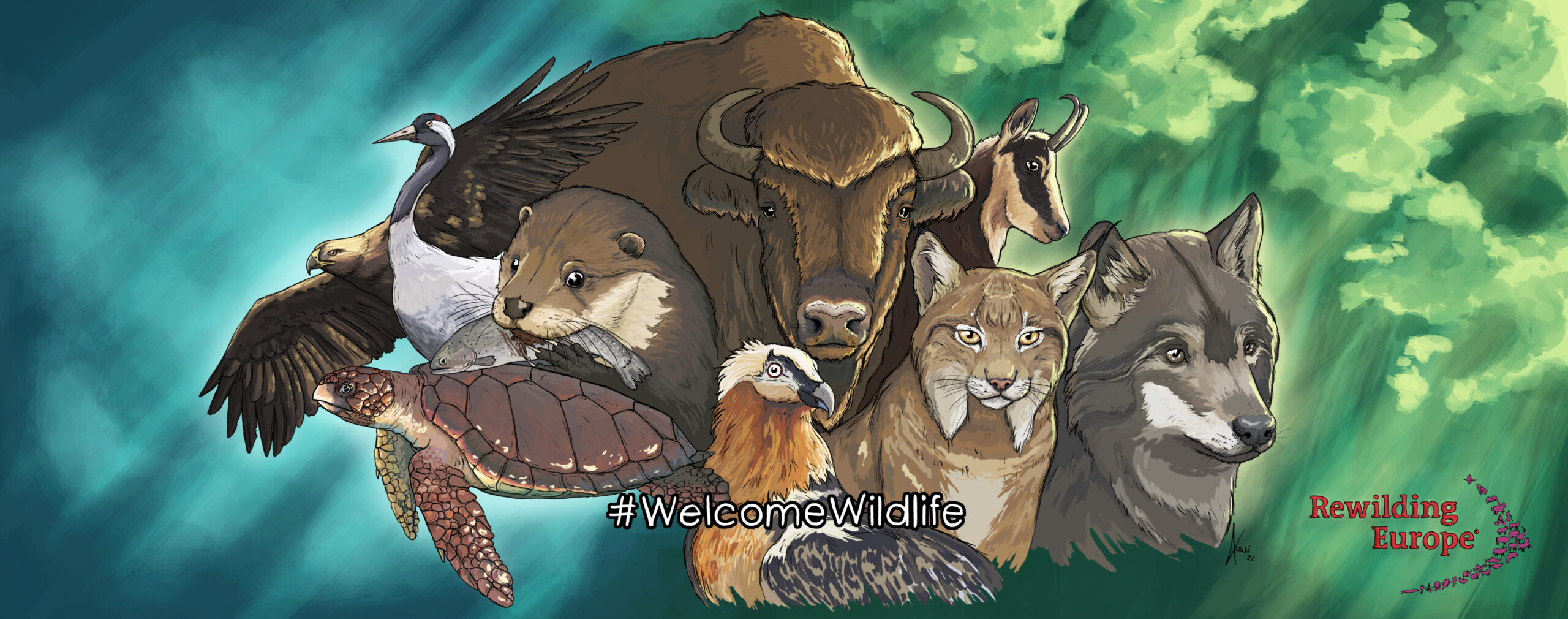Wildlife is key
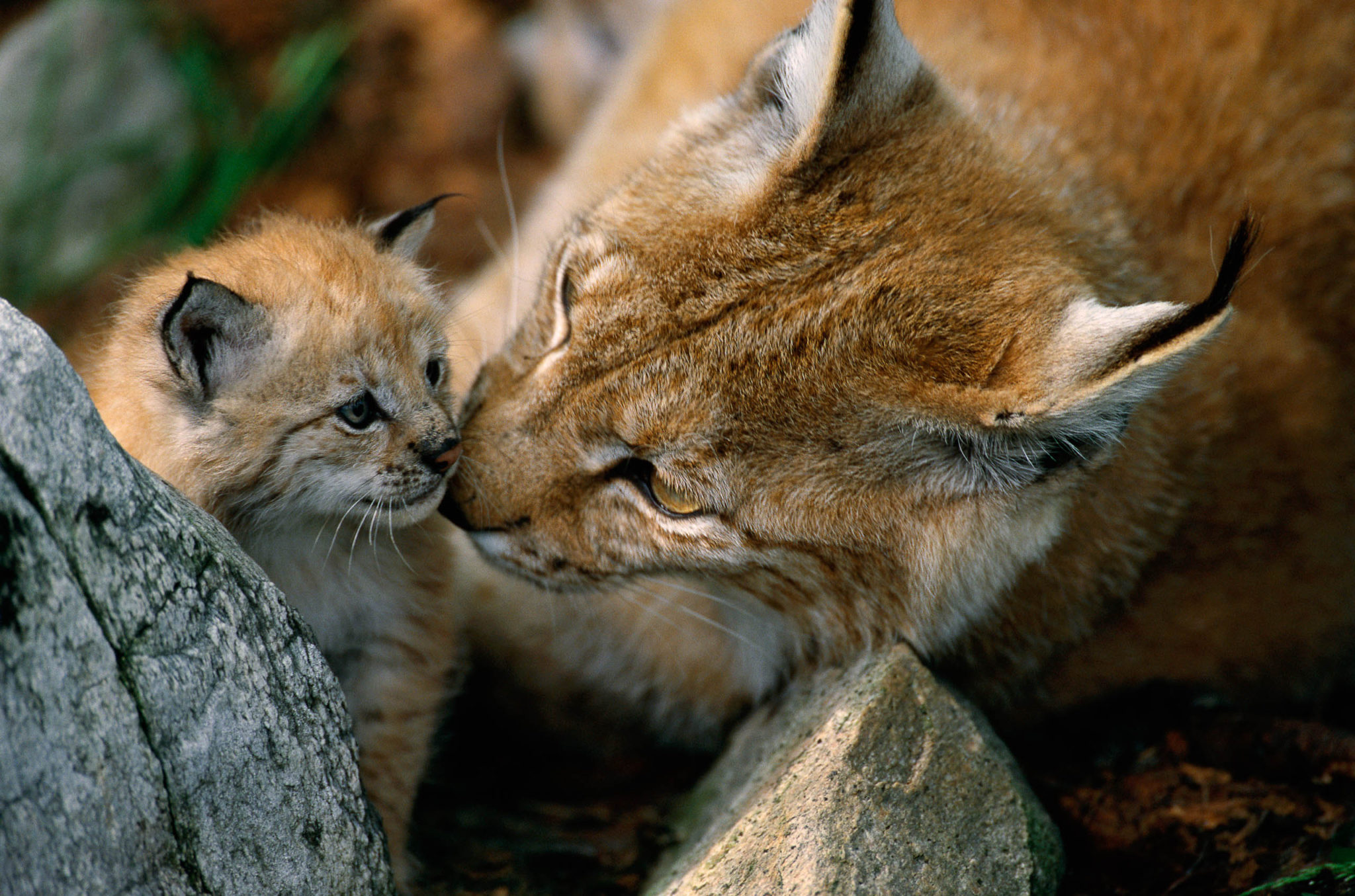
Supporting wildlife comeback
Supporting wildlife comeback is one of the core objectives of Rewilding Europe’s mission. Either by creating the conditions for wildlife to return of its own accord or by reintroducing animals into habitats where they are missing and cannot bounce back on their own. The unprecedented rate at which biodiversity is currently declining makes the urgent prioritisation of supporting wildlife comeback all the more critical.
The recovery of wildlife populations is something we need to embrace and learn from. Accelerating and widening wildlife comeback in Europe can improve the health and functionality of entire ecosystems, delivering a huge array of benefits, for nature, climate and people.
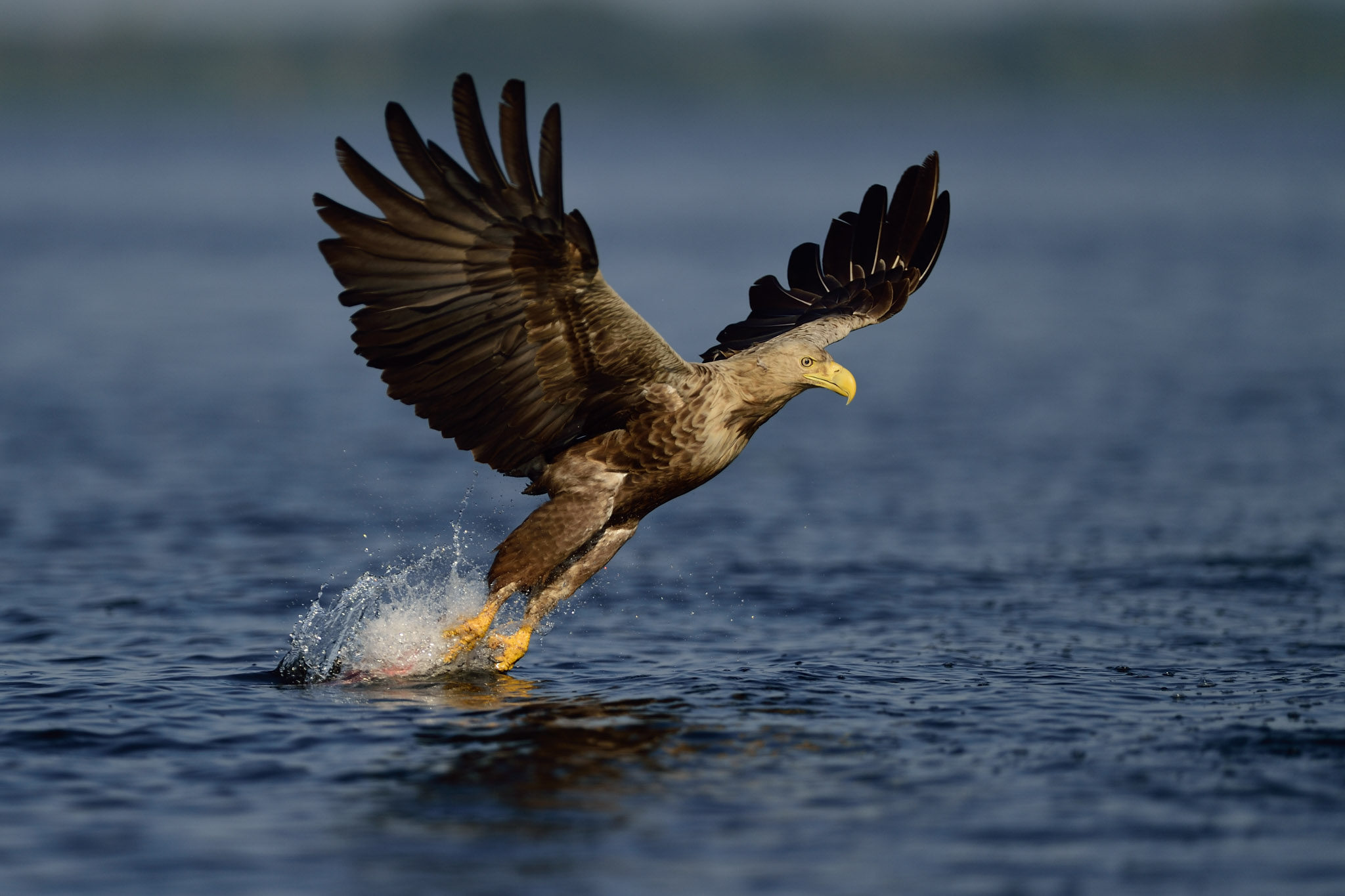
Reasons for optimism
There are reasons for optimism. Wildlife can return if we give it space and take measures to live alongside each other. Quite a number of wildlife species have made a spectacular return across Europe over the last four decades, proving that wild nature is resilient and can recover if conditions are suitable.
Factors such as increased legal protection, the creation of corridors between protected areas, recovery of prey species, reintroductions and other population support measures, together with an ever greater willingness and desire by Europeans to live alongside and enjoy the presence of wild animals have all contributed to this recovery.
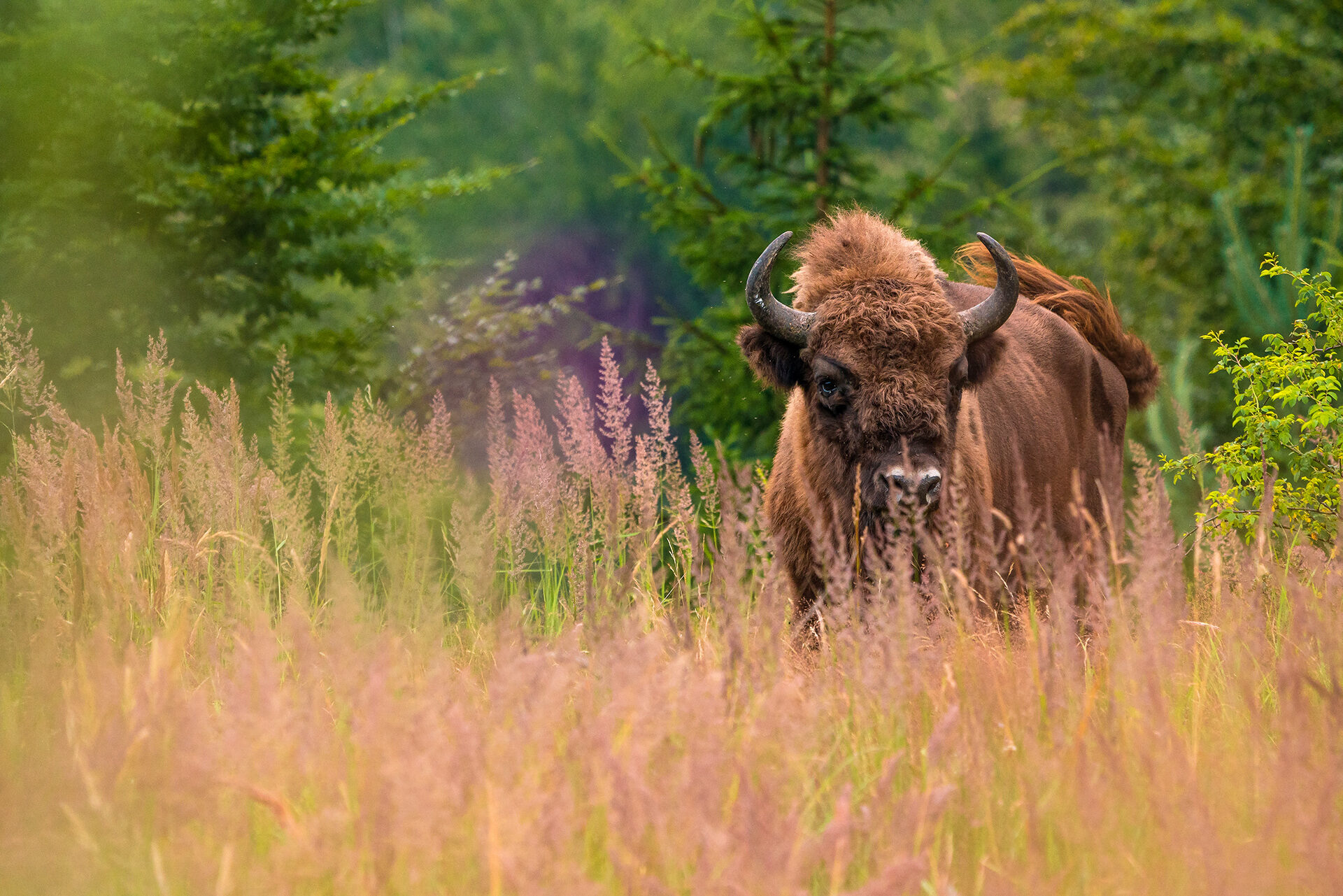
Wildlife brings benefits
Landscapes without wildlife are like theatres without actors: they’re in need of each other to function properly. The comeback of wildlife can help restore ecosystem functioning by reviving the interactions between the species and their habitats.
Healthy ecosystems, in turn, deliver a wide range of benefits including everything from providing us with fresh water, carbon storage, fire and flood prevention to socio-economic benefits for local communities and beyond. Animals play a critical role in the global carbon cycle. Research shows how the recovery of wildlife populations could play a critical role in stabilising our climate.
Working with wildlife in our rewilding landscapes


Species we are focusing on

European bison
The feeding habits of European bison have more impact on shrubs and young trees. Bison simply open up bush but also have an impact on the soil due to their trampling, dung, wallowing and herd gatherings.
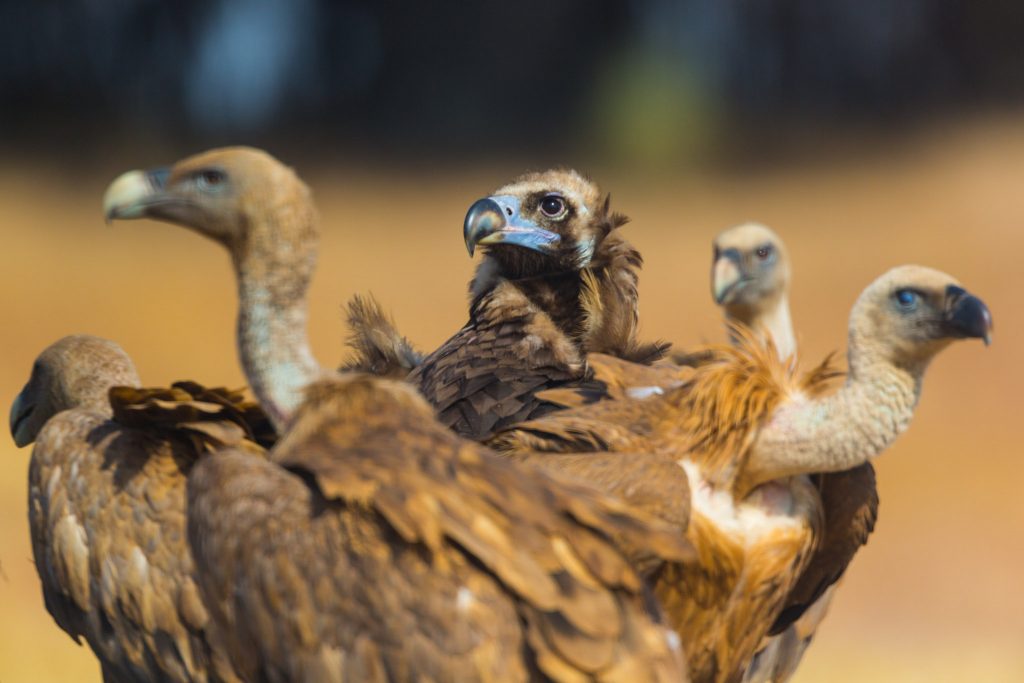
Vultures
We are focusing on the recovery and further expansion of the black and griffon vulture populations in the Rhodope Mountains (Bulgaria) as well as the Greater Côa Valley (Portugal), and soon in Velebit Mountains (Croatia) and Central Apennines (Italy).
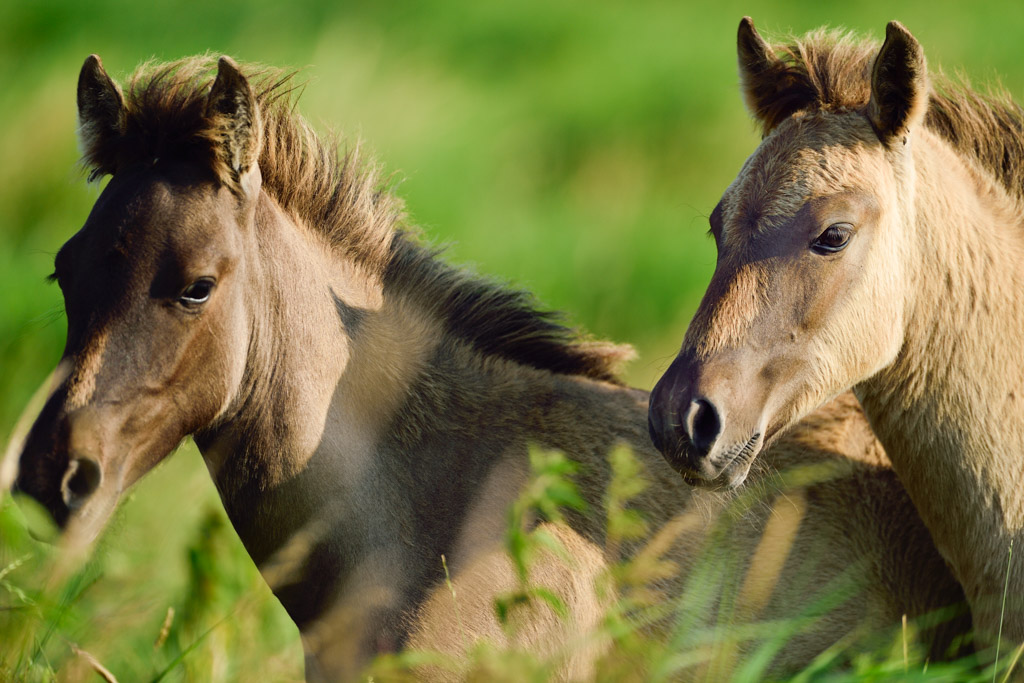
Wild horses
Wild horses play a key role in ecosystems through their grazing behaviour, seasonal migration, daily routes, trampling and latrines. For rewilding, we are using primitive breeds that are most closely related to the extinct European wild horse.
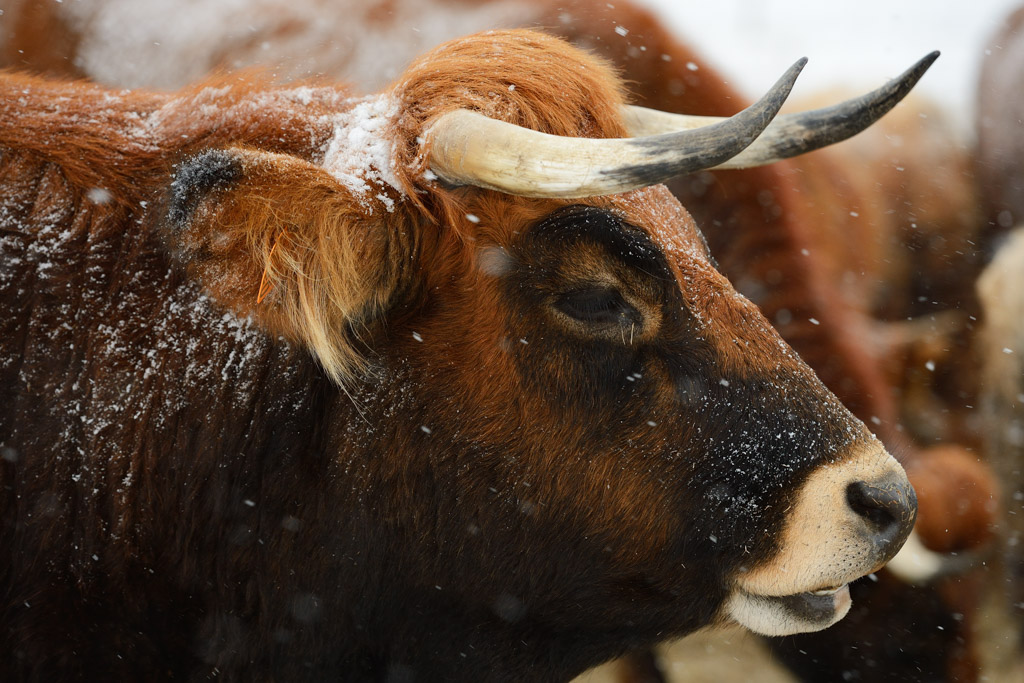
Tauros
Wild bovines have been a keystone species shaping European landscapes. We are breeding back an animal that will be very close to the extinct Aurochs, using primitive breeds and crossbreeds that are most closely related to it.
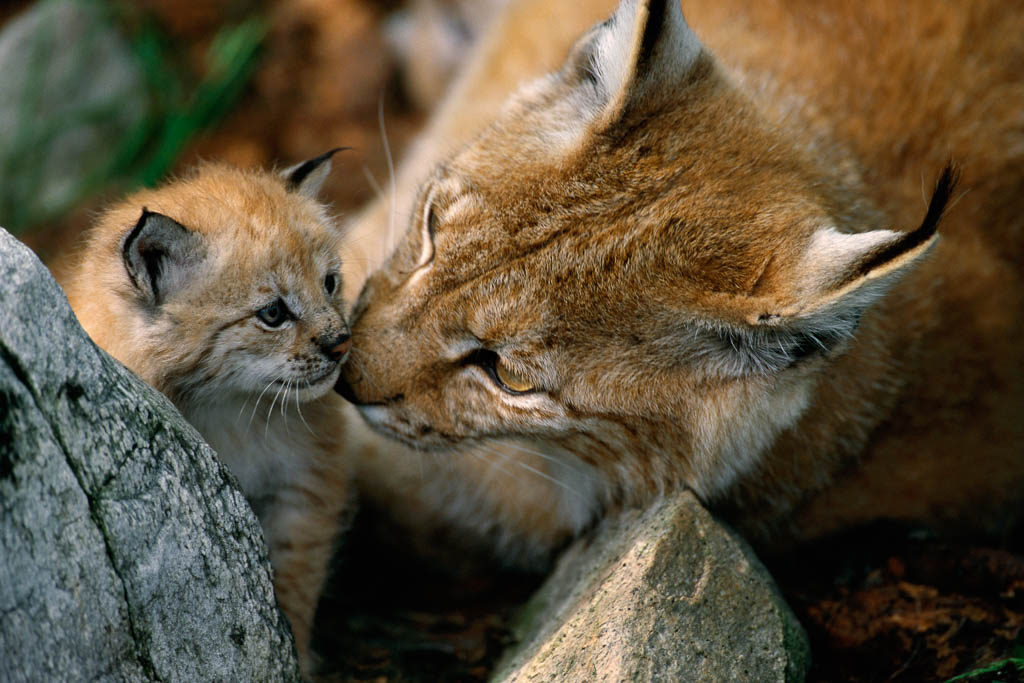
Lynx
Eradicated from many parts of Europe, the Eurasian lynx was considered extinct in nearly the whole of Central Europe for 200 years. Successful reintroduction relies strongly on acceptance by the general public.
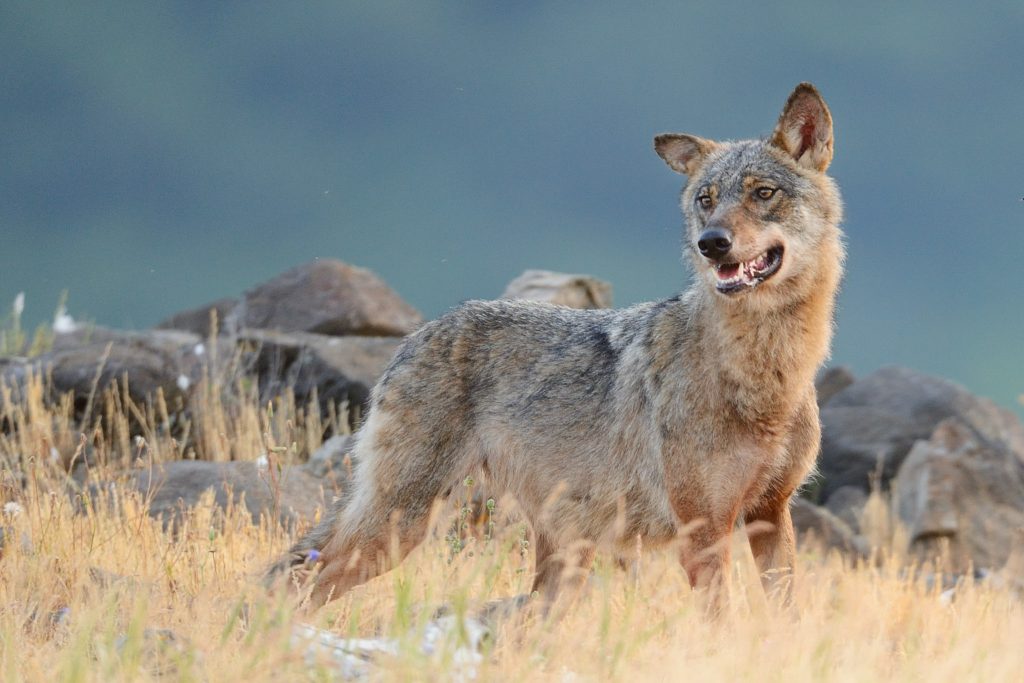
Wolf
In all of our rewilding landscapes carnivore species play an integral role in shaping the local conservation setting, with the grey wolf occurring in all areas. A range of activities are done to prepare for the comeback of this species.
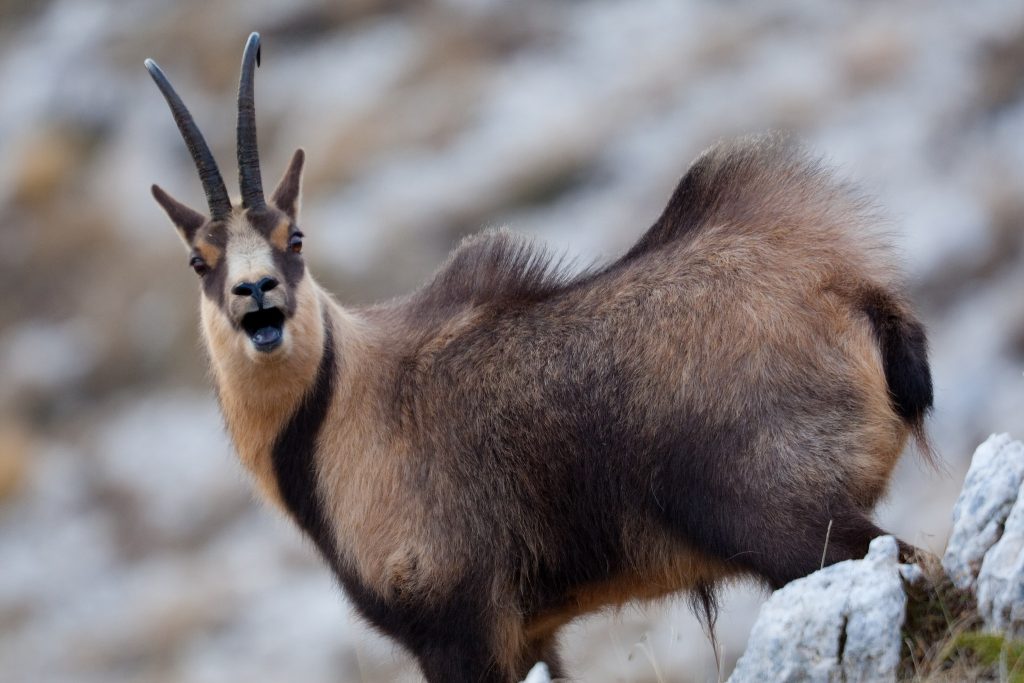
Other species
A range of other keystone wildlife species have our attention in the rewilding landscapes, ranging from red deer, fallow deer, Balkan and Apennines chamois, to white-tailed and lesser-spotted eagle, beaver, grey seal, Asiatic wild ass, Dalmatian pelican and others.
Wildlife Comeback in Europe report
In 2013, scientists from the Zoological Society of London (ZSL), BirdLife International and the European Bird Census Council (EBCC) worked with experts from across Europe to gather data about the distribution and abundance of selected species. The report describes how, why and where 37 mammal and bird species have recovered over the past 50 years. It provides important lessons for the conservation of these and other species.
“Wildlife will bounce back if we allow it to – this report shows that,” says Frans Schepers, Managing Director of Rewilding Europe who initiated and commissioned this study. “With continued and strong legal protection, active boosting of existing wildlife populations and reintroductions to bring back lost species, combined with an increasing tolerance towards wildlife, more species will surely follow.”
You can make a difference
The ongoing recovery of species presented in the new Wildlife Comeback Report is encouraging and shows there is a possibility for wildlife to come back into our landscapes if we act on it. Yet this only represents the start of what is possible, and also what is needed. With appropriate measures and an increasing tolerance of native wildlife species by man, such species will continue to increase in population size and range.
In our Rewilding Landscapes, our local teams are working on a variety of wildlife population support measures, such as corridor creation, reintroductions, mitigation of conflict and the promotion of co-existence, to help wildlife – and subsequently entire ecosystems – bounce back. Your contribution can help our teams to welcome wildlife back into our landscapes.

